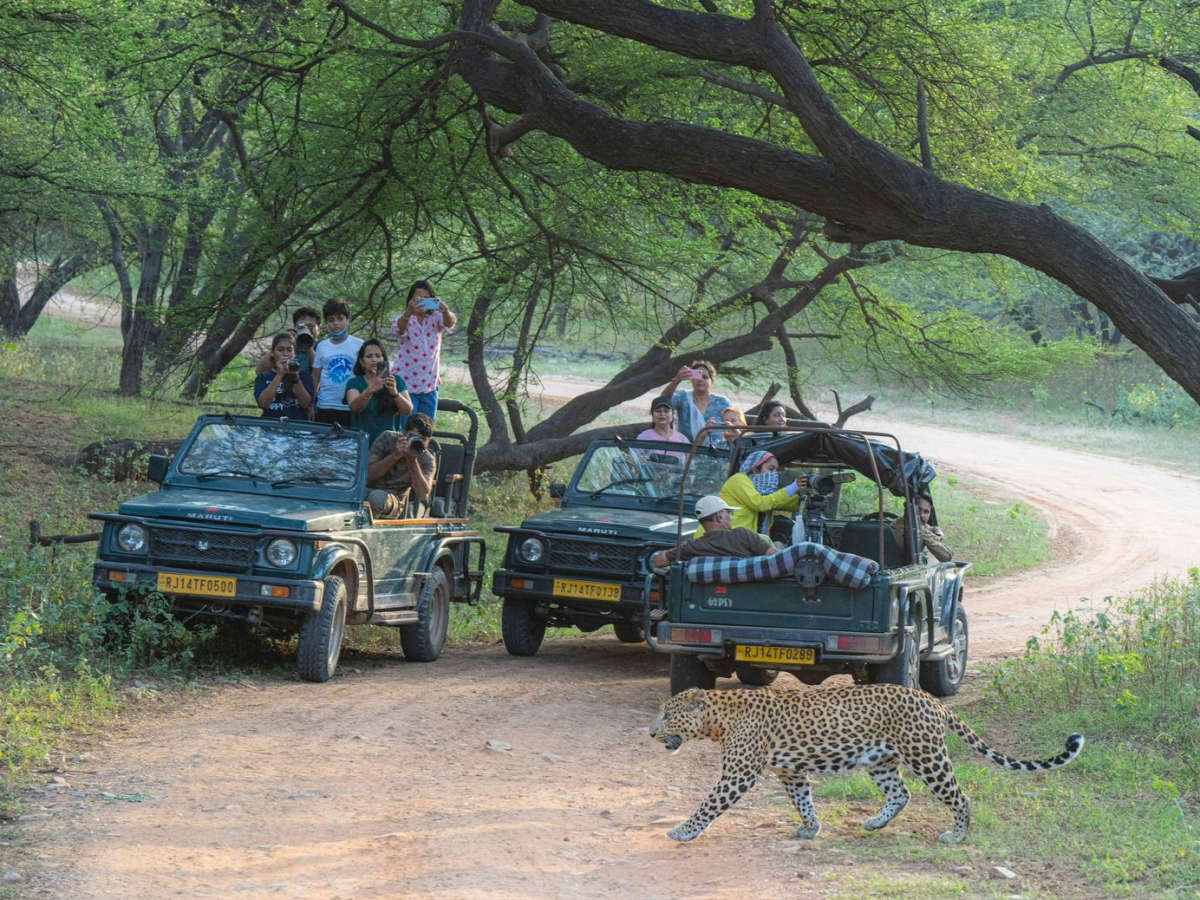Unveiling Wildlife Wonders: Jhalana Leopard Safari Adventure


Tucked away in the bustling city of Jaipur, Rajasthan, lies a wild treasure that often escapes the limelight—the Jhalana Leopard Safari tour. Spread across approximately 20 square kilometers, Jhalana Reserve Forest has rapidly emerged as one of India’s premier destinations for spotting the elusive leopard in its natural habitat. More than just a safari, it’s a unique window into the delicate balance of urban wildlife conservation and tourism.
A Brief History of Jhalana Reserve
Once a royal hunting ground during the reign of the Maharajas of Jaipur, Jhalana was officially declared a wildlife conservation area in 2017. Its proximity to Jaipur’s urban sprawl makes it unusual—few wildlife reserves are so accessible from a city center. Despite being surrounded by residential and commercial development, Jhalana remains a safe haven for diverse flora and fauna.
A 2021 report by the Rajasthan Forest Department noted that Jhalana is home to over 35 leopards, an impressive figure considering the reserve’s compact size. Experts, such as wildlife biologist Dr. G.S. Bhardwaj, emphasize that such high leopard density is rare, making the park a critical case study in urban wildlife management.
What Makes Jhalana Unique?
While India boasts renowned national parks like Ranthambore or Bandhavgarh, Jhalana offers a distinct experience:
Urban Wildlife Sanctuary: Jhalana is one of the few places worldwide where you can transition from city streets to leopard territory in under 30 minutes.
High Leopard Sighting Probability: Due to the relatively small area and good road network inside the reserve, chances of leopard sightings are significantly higher than in many larger parks. According to a 2023 survey by the Rajasthan Tourism Development Corporation, visitors report a sighting rate of nearly 80%.
Rich Biodiversity: Besides leopards, Jhalana shelters striped hyenas, desert foxes, Indian civets, and a range of birds, including peafowl, partridges, and raptors like the crested serpent eagle.
Safari Experience: What to Expect
Safaris in Jhalana run twice daily—in the early morning and late afternoon. The standard safari duration is around two and a half hours, covering well-marked tracks winding through dry deciduous forest. Visitors typically ride in open 4×4 vehicles, accompanied by trained guides authorized by the Rajasthan Forest Department.
While leopards are the stars of the show, the thrill lies in scanning the bush for movement, listening to alarm calls from sambar deer or langurs, and soaking in the tranquil wilderness. Photographers, both professional and amateur, often find Jhalana especially rewarding due to the golden light filtering through sparse vegetation, ideal for capturing wildlife images.
Best Time to Visit
Though Jhalana is open throughout the year, the months from October to March offer the most pleasant weather for safari rides. However, sightings can be good even in the summer when animals frequently visit water holes.
Conservation Challenges and Successes
Urbanization poses undeniable challenges for Jhalana. Habitat fragmentation, vehicular disturbances, and the risk of human-leopard conflict are persistent concerns. Yet, conservation efforts have yielded significant success:
Habitat Restoration: Authorities have undertaken afforestation drives and water conservation projects to sustain wildlife during dry spells.
Community Involvement: Locals are increasingly involved as guides, drivers, and support staff, fostering a sense of stewardship toward the park’s wildlife.
Controlled Tourism: Visitor numbers are regulated to minimize pressure on wildlife. As of 2024, only a limited number of vehicles are allowed per safari slot to avoid overcrowding and stress on animals.
These combined measures have helped maintain leopard numbers and biodiversity in the park.
Responsible Tourism Tips
Visitors to Jhalana should remember that wildlife tourism must tread lightly. Here are a few tips for an ethical safari experience:
Avoid loud conversations or sudden movements that could disturb animals.
Never request drivers to go off designated tracks for closer views.
Refrain from littering or carrying plastic items into the reserve.
Maintain patience; wild animals are best observed on their own terms.
How to Book Your Safari
The Rajasthan Forest Department manages Jhalana safari bookings, which can be done online through the official government portal or via authorized tour operators. Early bookings are advisable, especially during weekends and peak tourist seasons. Entry fees for foreign and domestic tourists vary, with separate charges for vehicles and camera equipment.
Jhalana’s Future: A Model for Urban Wildlife Reserves?
Conservationists view Jhalana as a significant example of how wildlife can survive—even thrive—on the edge of urban landscapes. Its story demonstrates that well-managed tourism, coupled with scientific conservation practices, can support both biodiversity and local economies.
For travelers seeking an unconventional wildlife adventure, the Jhalana Leopard Safari offers an unforgettable glimpse into the hidden wilderness of Jaipur. It’s a testament to how nature can coexist alongside human development, as long as respect and responsible practices guide our exploration.
Leave a comment